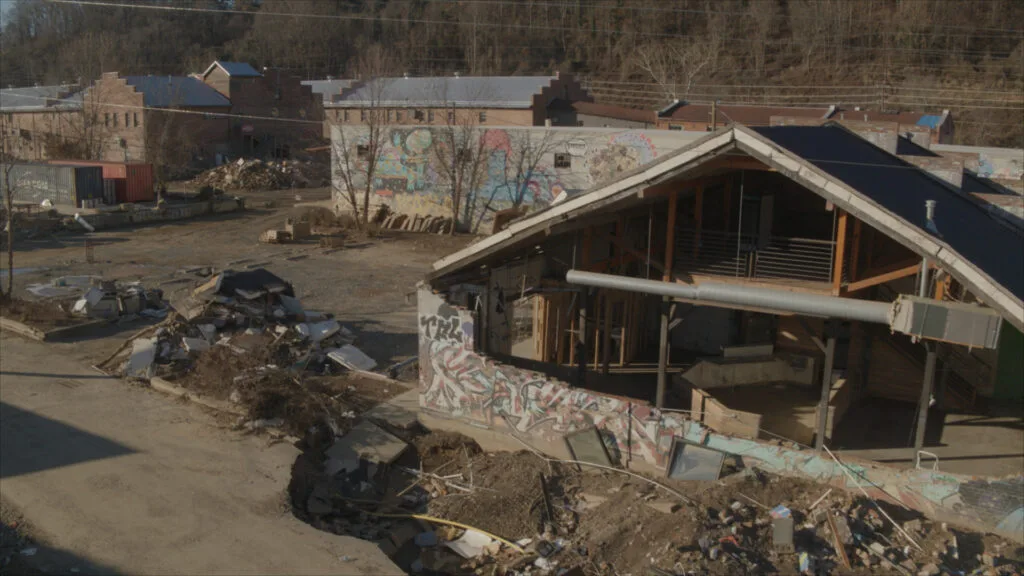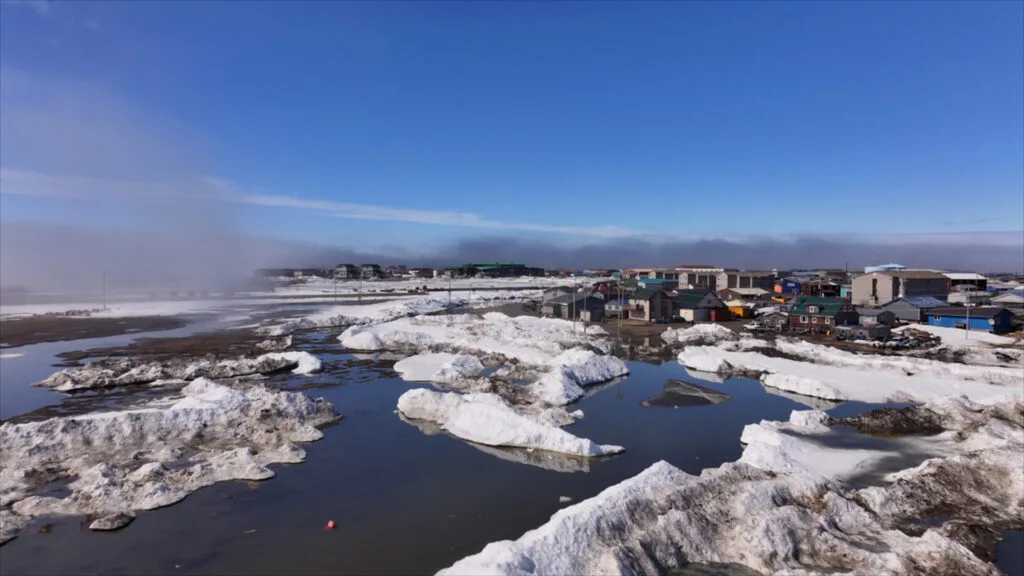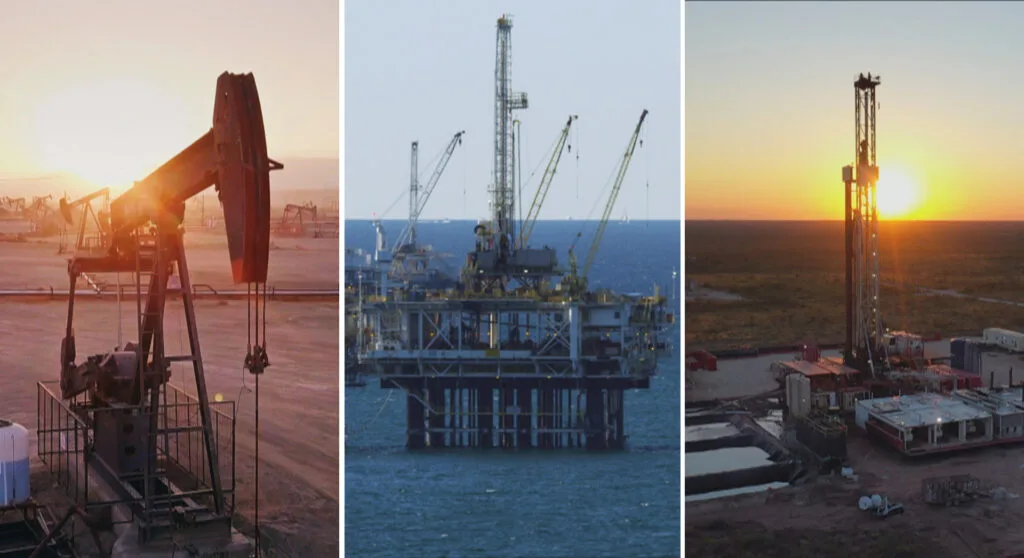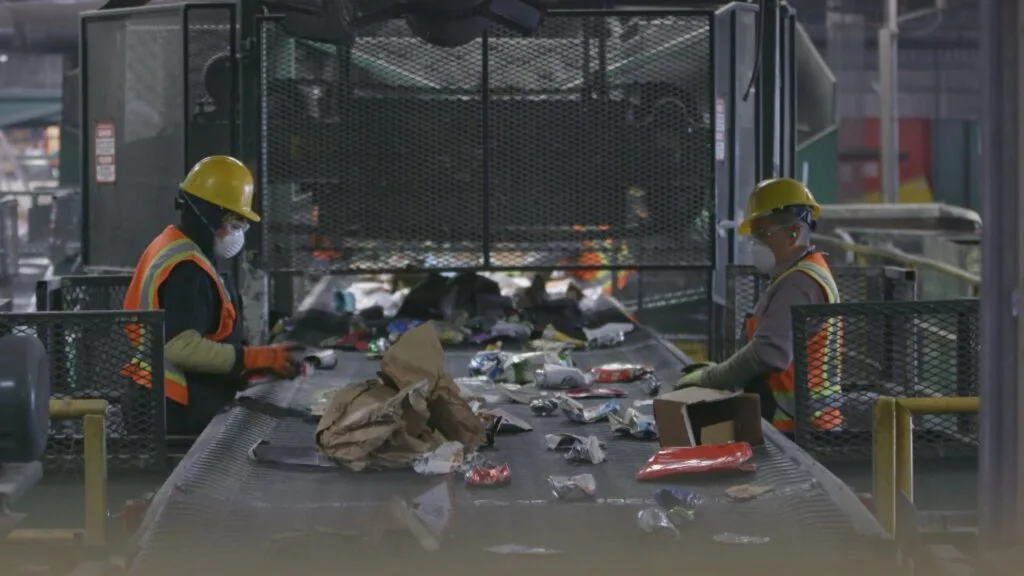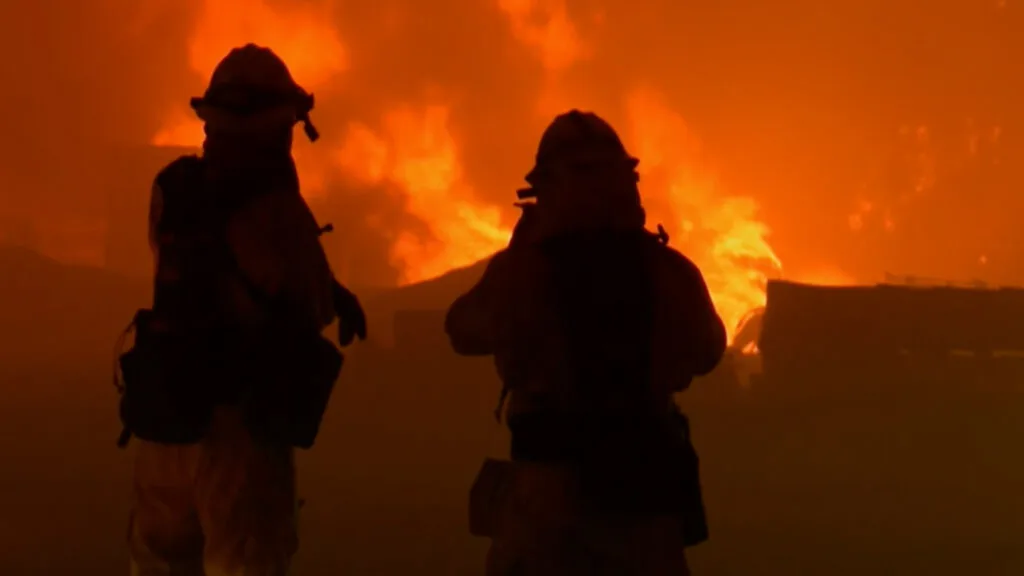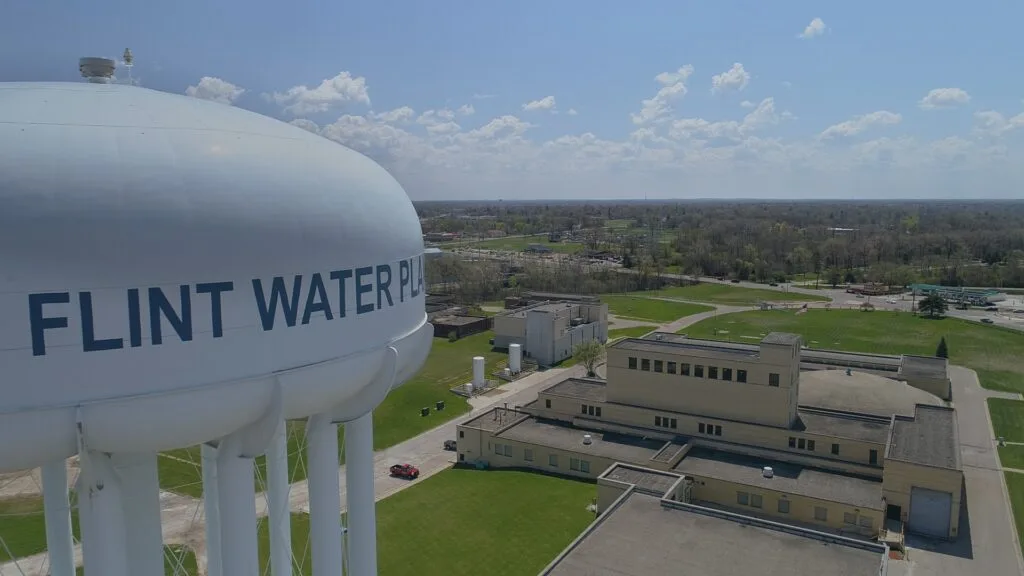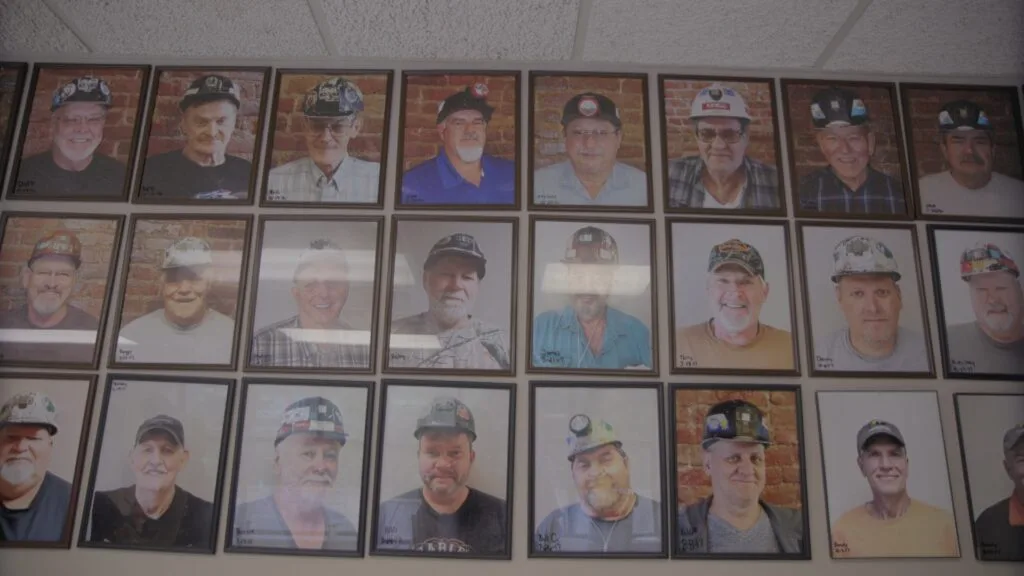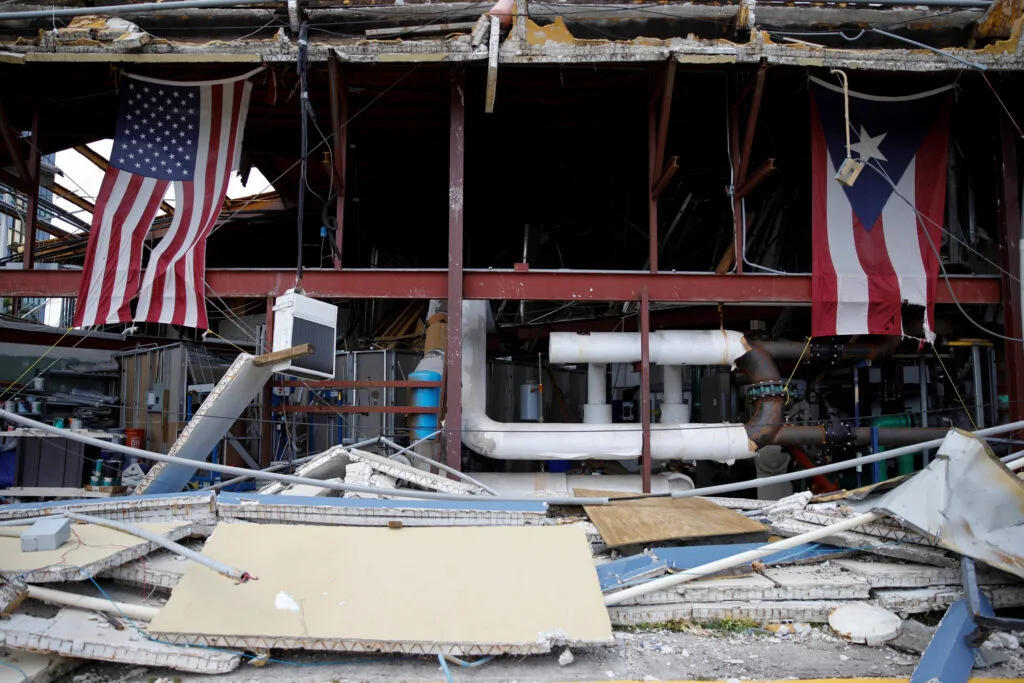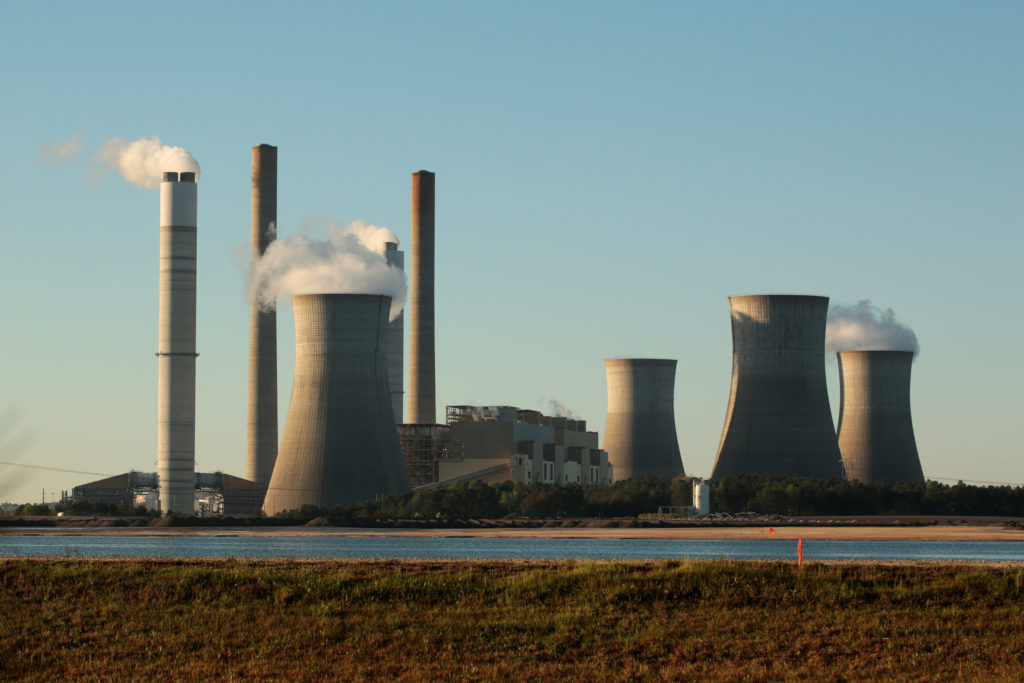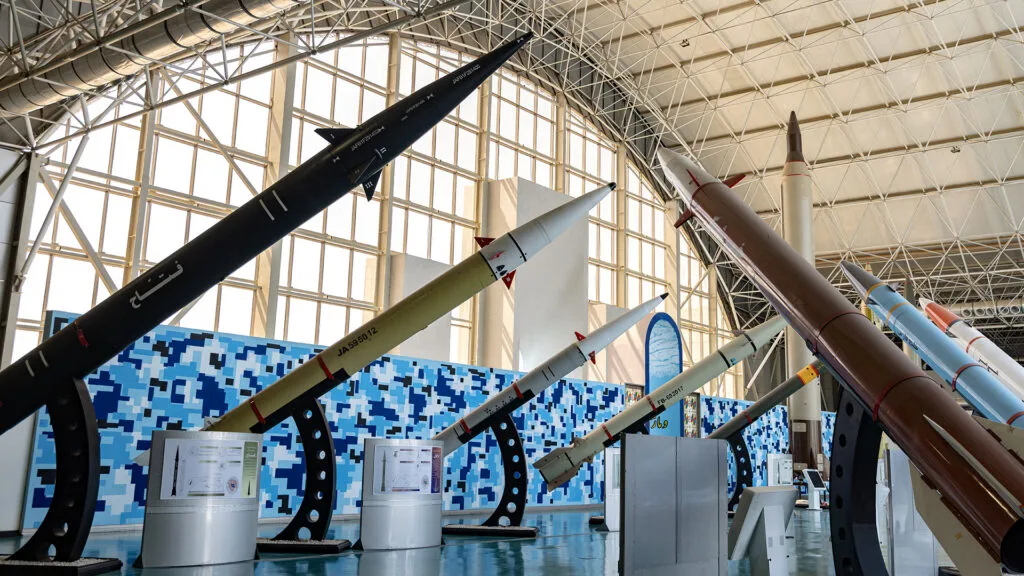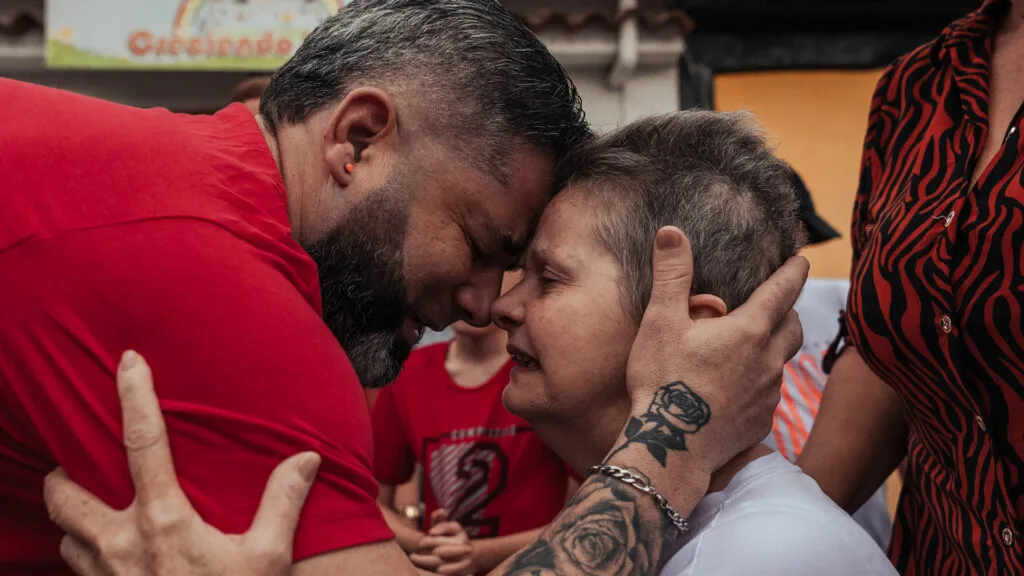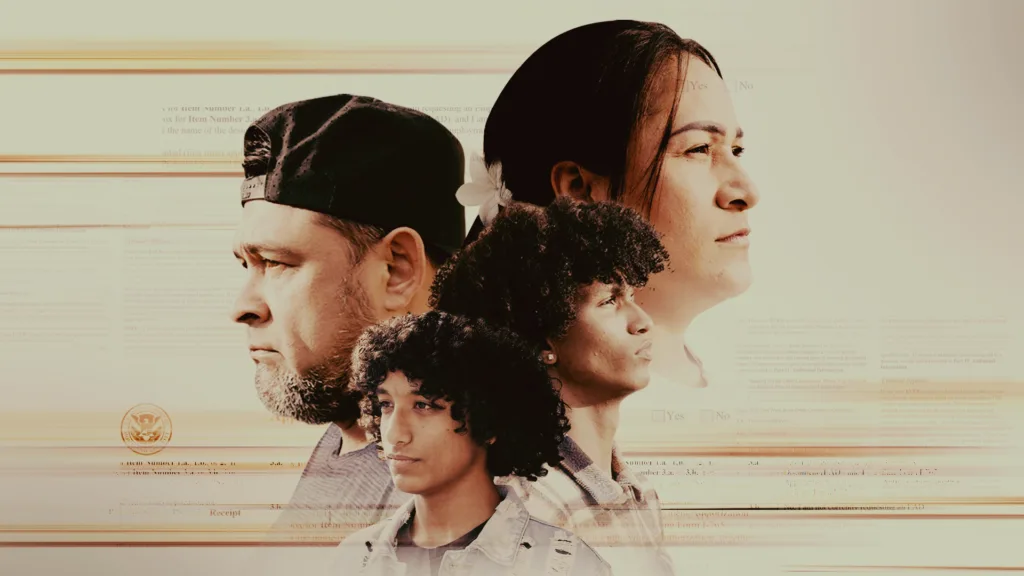Maui Wildfires: Kuhua Camp Residents Describe Desperate Escape as Authorities Struggled to Respond
December 17, 2024
Share
As the Maui wildfires set the Kuhua Camp neighborhood in Lahaina ablaze on Aug. 8, 2023, neighbors U’i Kahue, Peggy Balisco and Andrew Amano struggled to find a way to escape.
“We just scooted around the wires to get out but the traffic was already getting backed up on Kuhua when we left,” Balisco says in the above video drawn from the new FRONTLINE documentary Maui’s Deadly Firestorm. “I think if we had waited any longer I might not be sitting here.”
Maui’s Deadly Firestorm investigates what became the deadliest American wildfire in a century, and the missed warning signs that made it so unstoppable. The documentary, which will be available to watch online on Dec. 17, examines the fire’s causes, the chaotic response, and how changes to the climate and landscape have made Maui increasingly vulnerable to fires.
As the video shows, Hawai‘i authorities struggled to respond to the fire in Lahaina, overwhelmed by the speed of the blaze, one of four across Maui that day. Christina Jedra, an investigative journalist who covered the wildfires for Honolulu Civil Beat, says their response was also complicated by hurricane force winds that prevented them from using helicopters to battle the flames, and lack of cell service which made communication more difficult.
“It was a chaotic, dynamic, rapidly evolving event,” Maui Police Chief John Pelletier says in the video. “So, we knew things were burning. But we didn’t know exactly what streets, because you couldn’t go up to certain things because of the intensity.”
Amidst the chaos, the Maui Emergency Management Agency took a step that would later be scrutinized. They did not sound the island’s network of sirens, and instead sent a text alert that few residents received.
“The Maui Emergency Management Agency had the ability and authority to activate emergency sirens if they felt that was the right thing to do,” says Jedra. “Unfortunately, they didn’t in this case, and many people didn’t get a warning about this fire until they saw the smoke coming towards them.”
As the fire encroached on Kuhua Camp, U’i Kahue was among the residents caught off guard. “There were no emergency sirens from our emergency management system. And that just shocked the hell out of me,” she says in the video.
By the time Andrew Amano was evacuating, he says, “My house was already on fire. My truck was already on fire at that point.”
Kuhua Camp, a densely-populated neighborhood built to house sugar plantation workers in the 1920s, was particularly vulnerable because of its narrow streets and few evacuation routes. Residents trying to escape had to navigate downed trees, utility lines and dead-ends.
“In our neighborhood, there is only one way out because the fire was coming down the hill,” Balisco says in the video.
Kahue and her neighbors made it out in time, but others were not as lucky. More than 40 people died in Kuhua Camp, accounting for more than one third of the Maui wildfires’ 102 victims. Maui’s Deadly Firestorm investigates critical missteps that day — and in the years prior, as the county and state were repeatedly advised to invest more money in prevention and preparedness, and as experts and residents raised concerns. The documentary draws on harrowing footage filmed by those in the path of the inferno and firsthand accounts from local and state authorities, first responders, victims’ families and friends, and survivors like Balisco, Amano and Kahue.
While Kahue was able to save some of her neighbors, she wonders if she could have saved more lives.
“I find out in hindsight, around that corner was where the first family was found in the van. The first child that was identified. And I think, who did I miss? Who did I not see?”
For the full story, watch Maui’s Deadly Firestorm. The documentary will be available to stream on pbs.org/frontline, YouTube and in the PBS App starting Dec. 17, 2024, at 7/6c. It will premiere on PBS stations (check local listings) on Jan. 7, 2025 at 10/9c. Maui’s Deadly Firestorm is a FRONTLINE production with Mandarin Duck Films LLC. The writer, producer and director is Xinyan Yu. The producer is Christina Avalos. The senior producer is Frank Koughan. The editor-in-chief and executive producer of FRONTLINE is Raney Aronson-Rath.

Email:
refael_kubersky@wgbh.orgRelated Documentaries
Latest Documentaries
Related Stories
Related Stories
Explore
Policies
Teacher Center
Funding for FRONTLINE is provided through the support of PBS viewers and by the Corporation for Public Broadcasting, with major support from Ford Foundation. Additional funding is provided the Abrams Foundation, Park Foundation, John D. and Catherine T. MacArthur Foundation, Heising-Simons Foundation, and the FRONTLINE Trust, with major support from Jon and Jo Ann Hagler on behalf of the Jon L. Hagler Foundation, and additional support from Koo and Patricia Yuen. FRONTLINE is a registered trademark of WGBH Educational Foundation. Web Site Copyright ©1995-2025 WGBH Educational Foundation. PBS is a 501(c)(3) not-for-profit organization.
